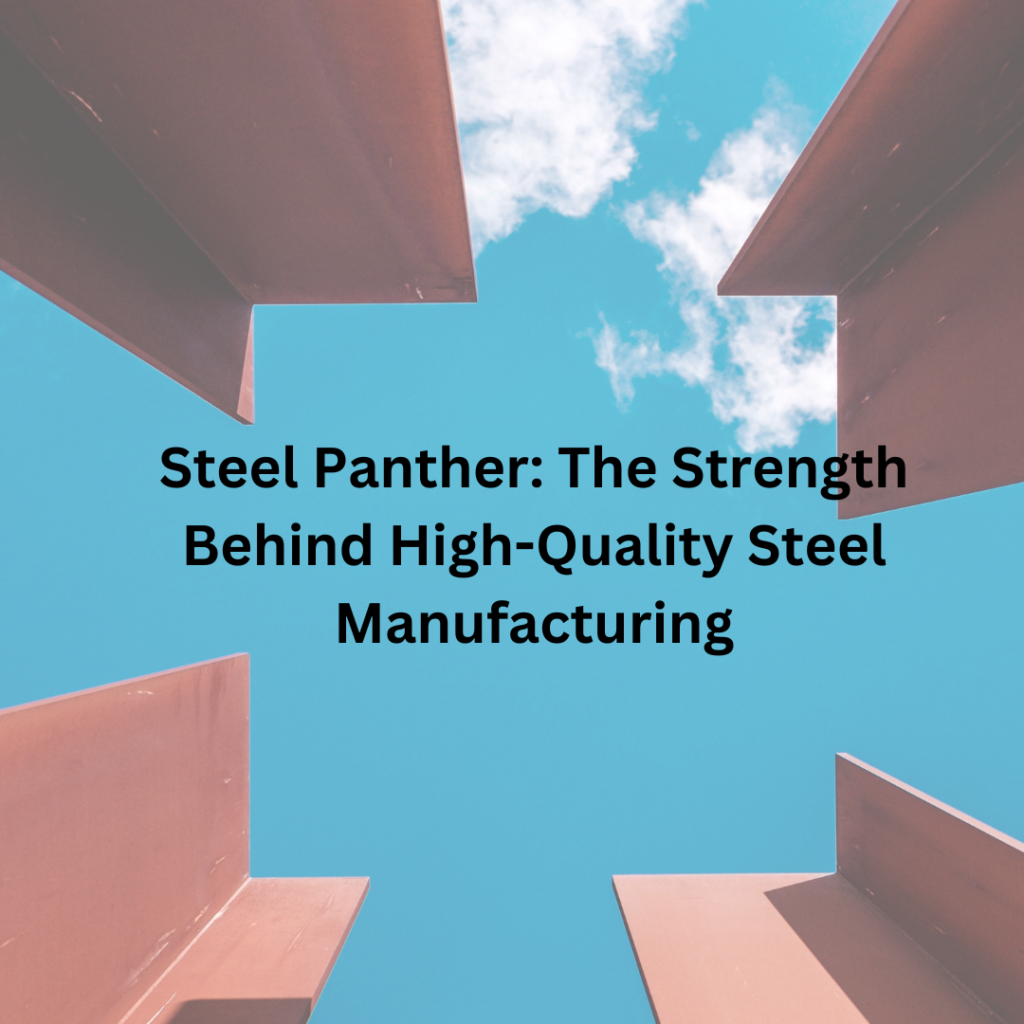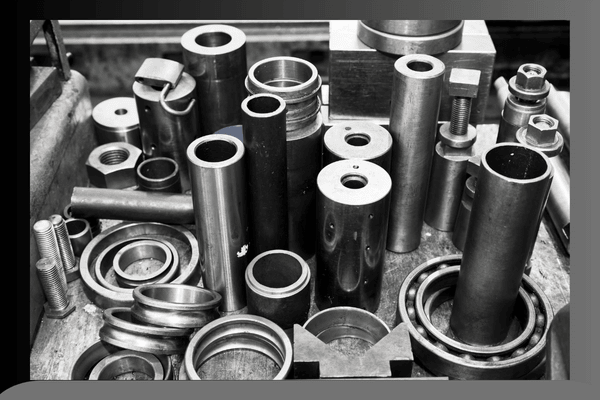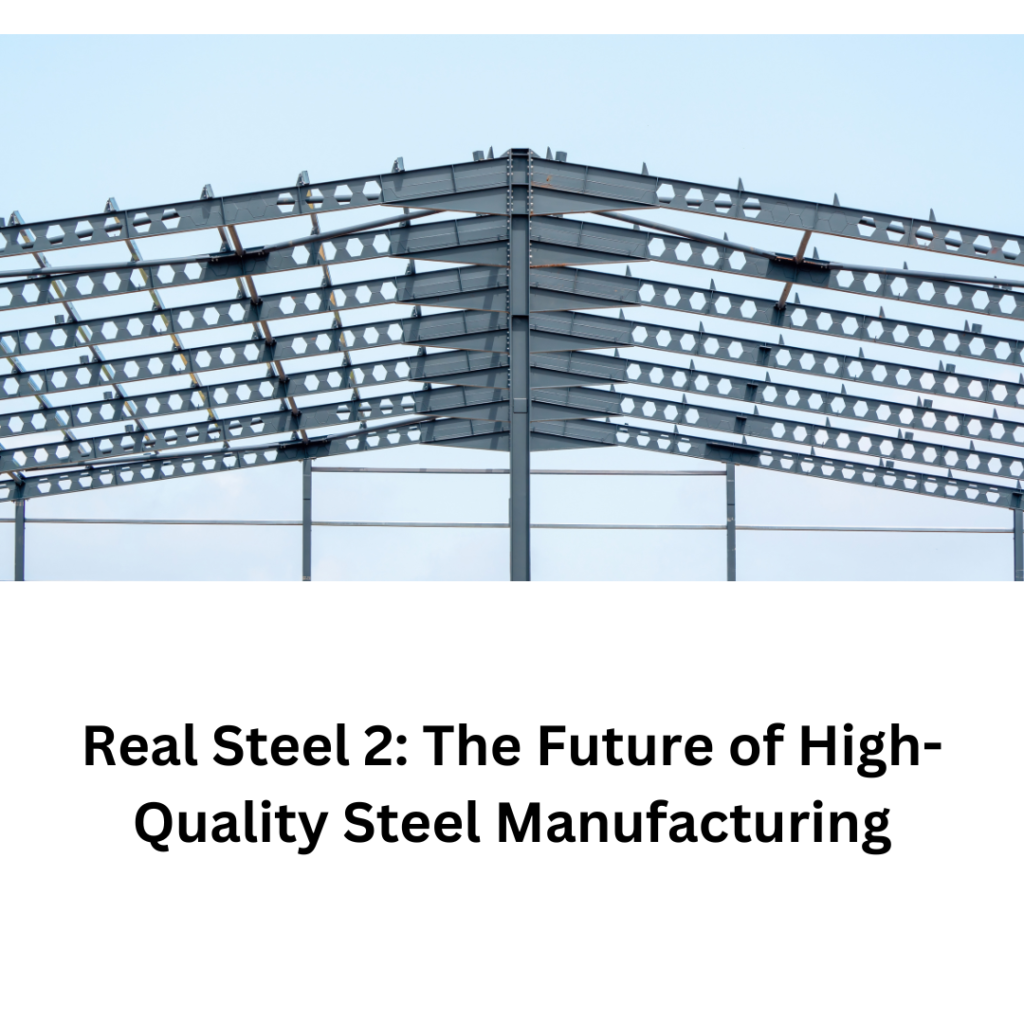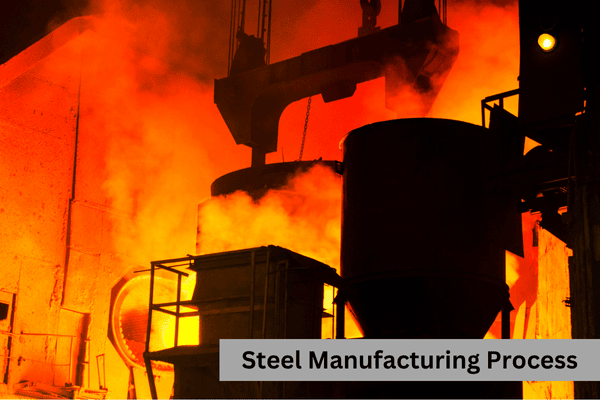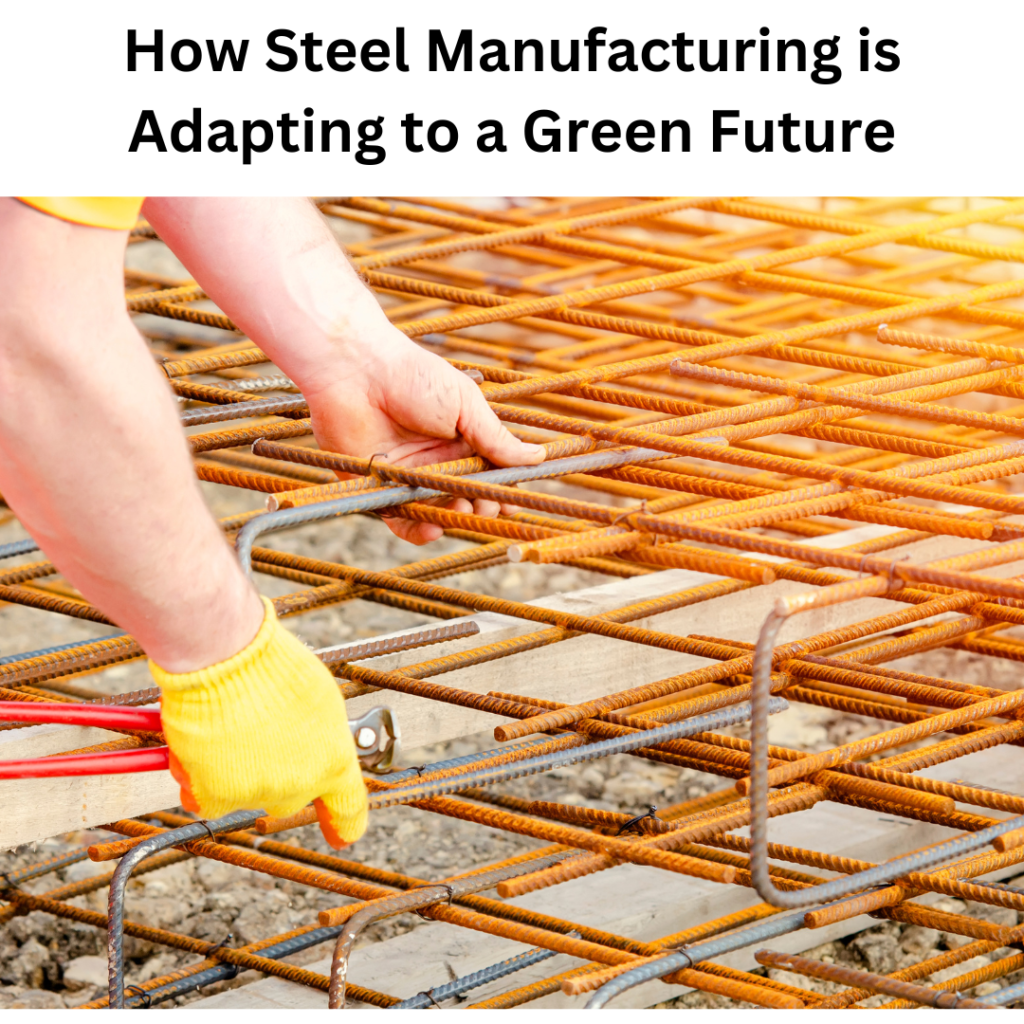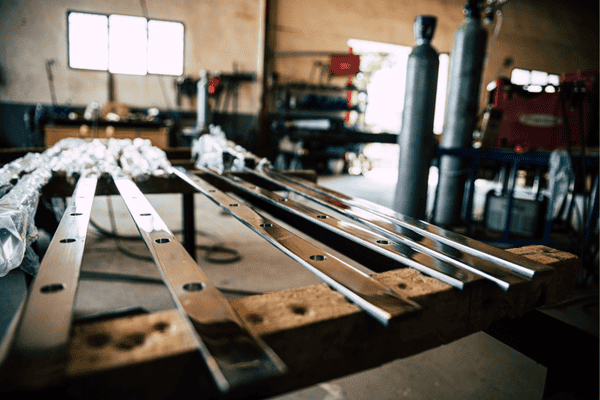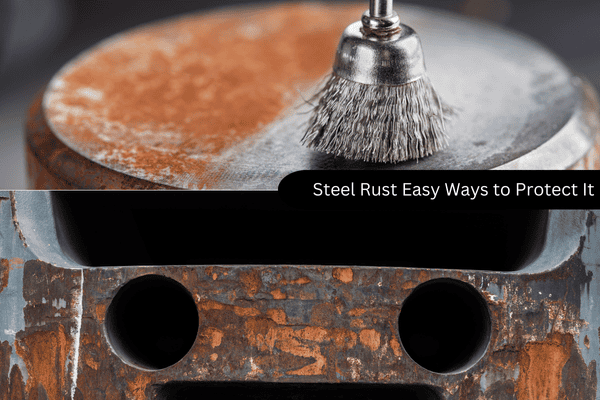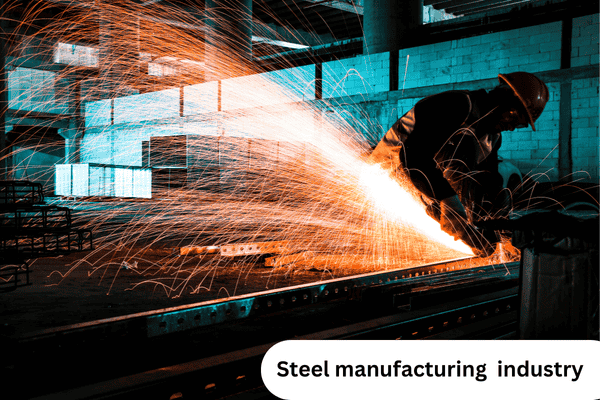Steel Panther: The Strength Behind High-Quality Steel Manufacturing
Steel Panther Steel Panther is essential to contemporary industries, having a big influence on sectors including heavy machinery, aircraft, automotive, and construction. Steel must endure harsh conditions without losing its durability, much like a Panther, which is renowned for its strength, agility, and resilience. Our goal at lygtantemetal is to produce steel of the highest caliber to meet the demands of the modern industry. We will examine the value of steel, the necessity of high-quality manufacturing, and how the steel production process guarantees durability and strength in this blog. The Symbolism of a Steel Panther in Manufacturing The steel panther is a strong, nimble predator that can adjust to harsh conditions. Similarly, steel’s strength and adaptability make it essential to many sectors. Whether steel is utilized in large structures, bridges, or heavy machinery, it must endure extreme pressure and corrosion over time. “Steel Panther” refers to characteristics like flexibility, toughness, and durability that characterize premium-grade steel.Ensuring outstanding production is crucial in the steel manufacturing sector. Inadequate steel can result in safety risks, expensive upkeep, and structural problems. Companies like ours prioritize high-quality raw materials, cutting-edge production methods, and stringent testing to create steel that can withstand even the most difficult circumstances. Our dedication to robustness and longevity The Role of High-Quality Steel in Modern Industry The performance of high-quality steel panther, an essential component of many industries, is dictated by its composition, treatment, and production process. Bridges, tunnels, and skyscrapers are built using steel beams and reinforcements to ensure their stability. Durable steel is used by the automobile industry to create vehicle frames that improve efficiency and safety. Similar to this, only the best steel alloys can survive severe pressures and temperatures in the aerospace industry.We at our steel production company know how important it is to provide properly engineered steel that is robust and resistant to corrosion. Every steel product we produce satisfies industry standards for durability, strength, and flexibility thanks to our production method. We accomplish this through careful quality control testing, the use of cutting-edge refining methods, and the selection of the best raw materials. This dedication to quality guarantees that our steel supports The Science Behind Strong and Durable Steel panther Although manganese, chromium, and nickel are also necessary for steel’s strength and longevity, iron and carbon make up the majority of the metal. Hardness, corrosion resistance, and durability are all enhanced by the proper combination of these parts. The final qualities of steel are greatly influenced by the production process. Our company produces high-quality steel with modern equipment. To ensure that just the purest iron ores is used, the process starts with a choice of raw materials. After being melted in furnaces with extreme temperatures, the iron is purified to get rid of impurities. Using exact casting and roll methods, molten steel is formed into sheets of paper, bars, or coils once alloying components are added to produce the necessary characteristics.We employ heat treatment techniques including quenching and tempering to further improve durability. These procedures increase the steel’s hardness and pliability, enabling it to be used in demanding applications. To ensure that every batch satisfies the necessary requirements, the quality control staff performs stringent testing, including elasticity, resistance to impact, and corrosion analysis. How Our Steel Manufacturing Process Ensures Strength and Longevity At Lygtantemetal, we’re committed on producing steel that is durable, pliable, and represents the power of a panther. To ensure outstanding durability in each product, our manufacturing process adheres to stringent quality controls.Advanced Material Selection: To manufacture steel that is robust, long-lasting, and impervious to deterioration, we acquire top raw materials.Innovative Production Methods: We produce steel with remarkable strength and reliability by utilizing automated systems, fine rolling, and modern burners.Testing and Quality Assurance: All steel products are put through a rigorous testing process to ensure they satisfy industry requirements. This covers structural integrity checks, corrosion resistance assessments, and hardness tests.Sustainable Manufacturing Practices: To lessen our impact on the environment, we give priority to environmentally friendly techniques including recycling scrap steel and cutting emissions. Conclusion Steel is the foundation of modern industry, not only a building material. The premium steel from LygtenteMetal stands for strength, durability, and longevity, comparable to a Steel Panther. We guarantee that our steel satisfies the highest requirements by using cutting-edge manufacturing techniques, strict quality control, and creative engineering. We at LygtenteMetal take pleasure in providing industries using steel that is strong, long-lasting, and environmentally friendly.For your next project, if you’re looking for for high-quality steel, get in touch with Lygtente Metal right now. Allow us to supply you with steel as trustworthy and strong as the famous Steel Panther! 🚀
Steel Panther: The Strength Behind High-Quality Steel Manufacturing Read More »

